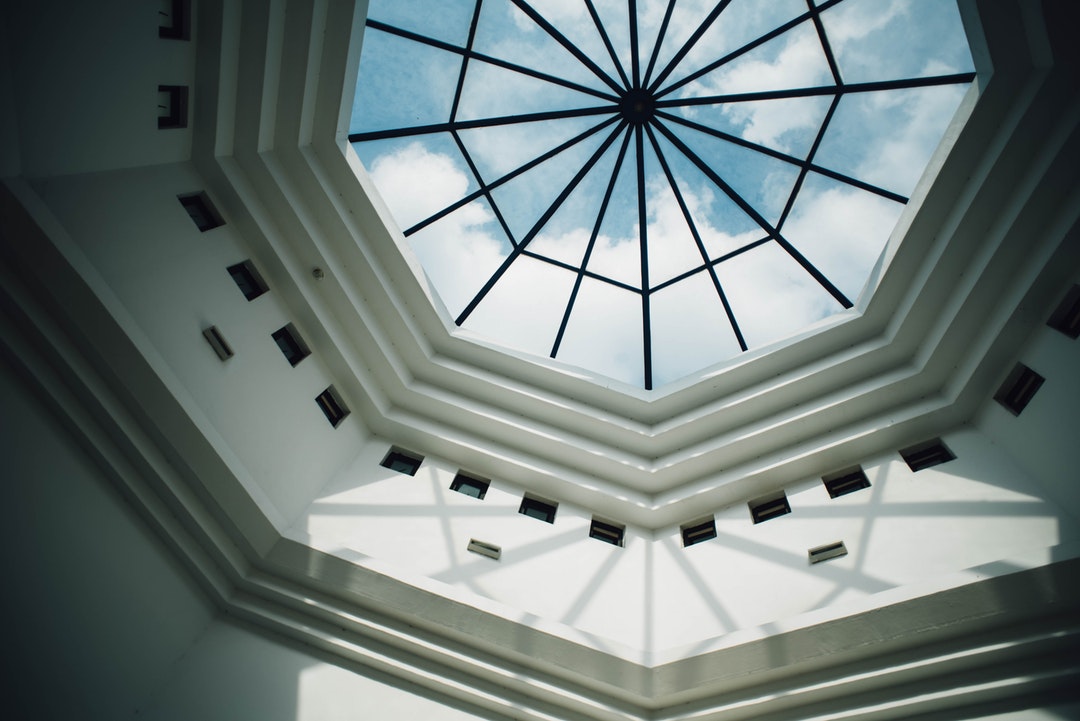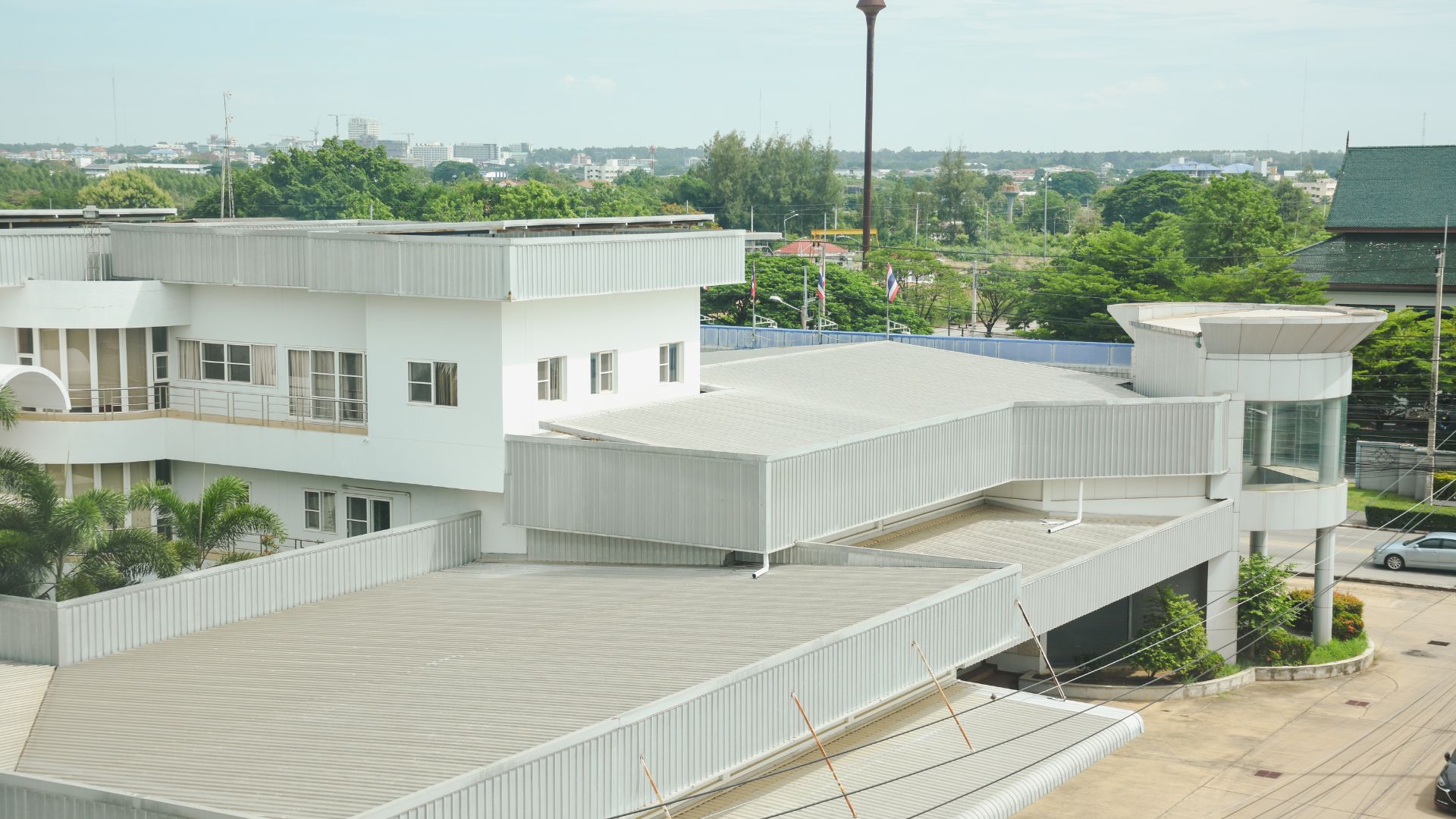If you want to improve your commercial building’s value, natural light, energy efficiency, and more, you may want to consider investing in a skylight. Skylights are among the most popular features to add to buildings, with over 275,000 commercial units sold each year.
If you want to give your building an upgrade, you may want to consider installing a commercial roof skylight. Here are some tips for a successful installation!
Make Sure Your Property Is Compatible For Commercial Roof Skylights
Unfortunately, not all roofs can have skylights. This largely depends on the material of the skylight and your commercial roof design.
First of all, you want to make sure that the skylight will be visible from the inside. If your building has an attic or a similar space in between, this can prevent natural light from entering your commercial space. However, if your commercial space leads directly to the roof, this isn’t an issue.
Second, you want to identify the type of roof that you have. Most importantly, you want to know if you have a stick-framed or a truss-framed roof. If you don’t know, you can ask your contractor.
A truss-framed roof is likely incompatible with a skylight unless it’s a smaller project in a strategic location. If you have a truss-framed roof, you should definitely hire a professional for such a project. Even so, a stick-framed roof isn’t necessarily compatible, so you may still want to get it inspected by a professional.
Also, flat roofs may be incompatible, depending on where you live. Snow and water accumulation on a flat skylight can cause several issues. Talk to your contractor if you’re concerned about any of these potential issues.
Choose the Right Commercial Roof Skylights
Choosing a skylight size and style is a great first step. You want it to fit with the current aesthetic of your building and not appear too large or too small.
You can choose between different materials, including metal, vinyl, and wood frames. For a commercial building, vinyl or wood is likely the way to go, as these will last the longest.
You’ll also need to choose the pane material. For a flat roof or large skylights, make sure you choose something strong like plexiglass. Otherwise, snow or water accumulation could break right through.
Also, you’ll want to consider transparency. Some buildings may want a slight tint on their skylight to protect furniture and the eyes of your guests from the sun. Consider these factors and look for skylights that meet your needs.
Understand What You’re Cutting Into
If you’re installing a new skylight instead of replacing an existing one, make sure you know exactly what you’re cutting into. Commercial roofs and ceilings could be holding heating vents, wiring, plumbing, and more.
Take a look at your building’s plans and determine the appropriate location to add your skylight. If you don’t have the plans, you can drill a small hole (carefully) and insert a small camera inside to see what’s around. However you find out, remember that one wrong cut could be an expensive disaster.
Fit as Tightly as Possible
Moisture, heat, and more can escape or enter your building if the skylight doesn’t fit properly. Of course, this can cause a host of other potential problems, which can potentially spread.
Especially for larger commercial spaces, it’s critical to seal your windows, doors, and skylights properly. Energy consumption for larger buildings is already incredibly high, and air leaks will only exacerbate the issue.
Moreover, you can’t forget the threat of moisture. Small water leaks can be completely unnoticeable for long periods, but they can do a lot of damage over time.
To make sure that your skylight is fit properly, use the old saying “measure twice, cut once.” Even the slightest gaps can make a major difference. If you aren’t confident in your ability to fit this correctly, hire professional contractors who work with commercial roofs and windows.
Ensure Proper Structural Support
Ever wonder why roofs often come premade before installation? It’s because they’re structurally complex by necessity.
Roofs need to withstand pressure, moisture, high wind speeds, accumulated snow, and more. Therefore, you cannot sacrifice structural integrity for aesthetics.
When installing a skylight, it’s important that your roof maintains the strength and security it needs. This could involve reinforcing a strong frame around the skylight or finding a more structurally advantageous location for it. Either way, you may want to speak to your commercial roofing contractor before making this move.
Also, it isn’t just the roof to worry about. The skylight itself will need enough support to manage the elements. Make sure you choose the right window and frame materials and secure it properly to your roof.
Understand the Commercial Roof Skylight Installation Process
The skylight installation process looks different for every roof and every skylight material. If you’ve installed windows before, there will be some familiar elements. However, a skylight is different in many ways.
Still, it’s important to know what you’re doing. If your skylight manufacturer has videos or instructions, make sure you review them thoroughly before drilling any holes or cutting anything.
Install Commercial Roof Skylights Today
Now that you know some tips for your project, consider installing a commercial roof skylight on your building. The right skylight can increase the value of your property, add plenty of natural light to your building, and more. You just need to make sure it’s installed correctly to enjoy these benefits.
Keep reading our blog for our latest tips for your building, and don’t hesitate to contact us with any questions or for a quote on your project!






